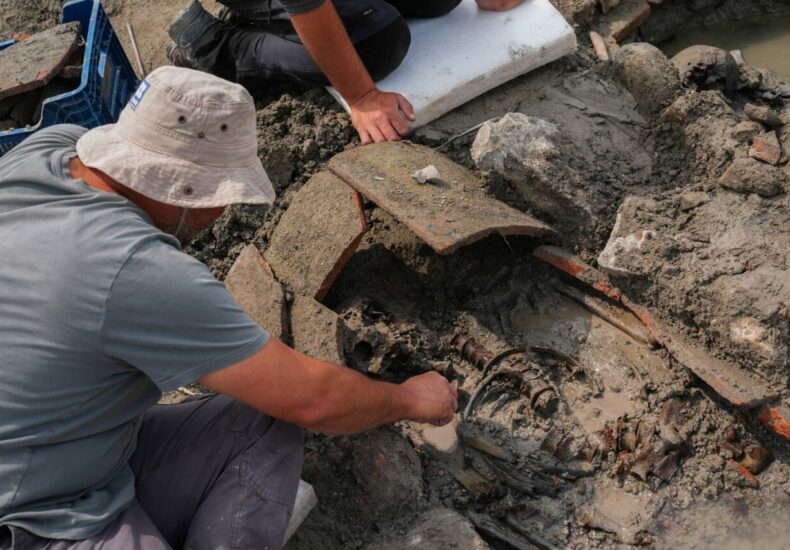
Archaeologists Discover Tombs at the Underwater Basilica in İznik
The historic town of İznik, located in Türkiye’s Bursa province, is once again in the spotlight due to an extraordinary archaeological discovery beneath the waters of Lake İznik. Archaeologists have unearthed ancient Christian tombs surrounding the submerged basilica, shedding new light on the area’s religious and cultural significance.
Unearthing the Past Beneath the Lake
First discovered in 2014, the underwater basilica lies approximately 20 meters from the shore, at a depth of 1.5 to 2 meters. Since 2015, underwater archaeological excavations have been carried out under the scientific supervision of Prof. Dr. Mustafa Şahin, head of the Department of Archaeology at Uludağ University. Over time, these efforts evolved into specialized wet-site archaeology—the only such project of its kind currently active in Türkiye.
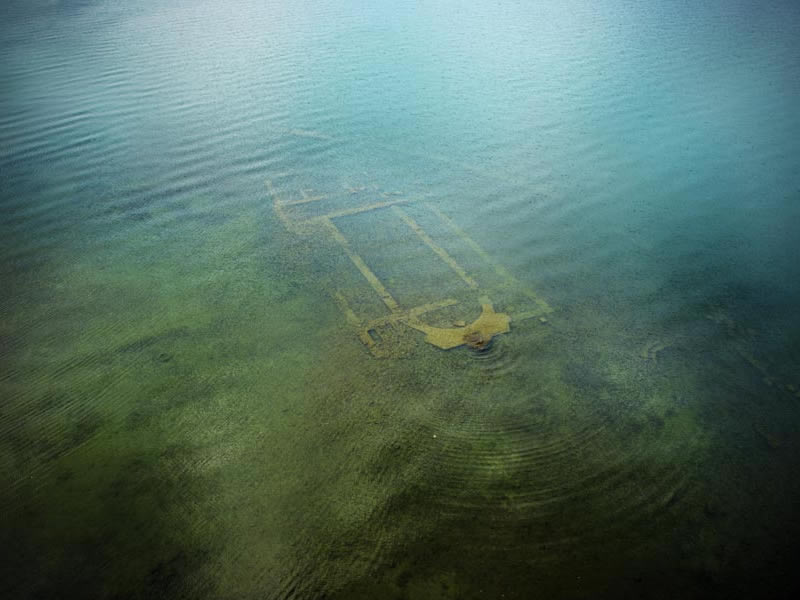
Recent excavations revealed burial sites believed to belong to early Christian communities. The skeletal remains, carefully excavated, are analyzed and documented by anthropologists before being respectfully returned to their original resting places. Damaged tiles and burial chambers are restored in line with ethical archaeological practices.
A Site of Global Religious Importance
The basilica’s connection to the First Council of Nicaea, which took place between May 20 and July 25 in 325 AD, adds immense historical and spiritual value to the site. Prof. Dr. Şahin explains that the basilica aligns with records of the Church of the Holy Fathers, believed to have been built at the location of the council.
This discovery has drawn international attention—especially from the Christian world. Pope Leo XIV has announced plans to visit İznik, emphasizing the site’s importance on the 1700th anniversary of the council. Even the mere mention of İznik by the Vatican has turned the underwater basilica into a symbolic pilgrimage destination for Christians of all denominations.
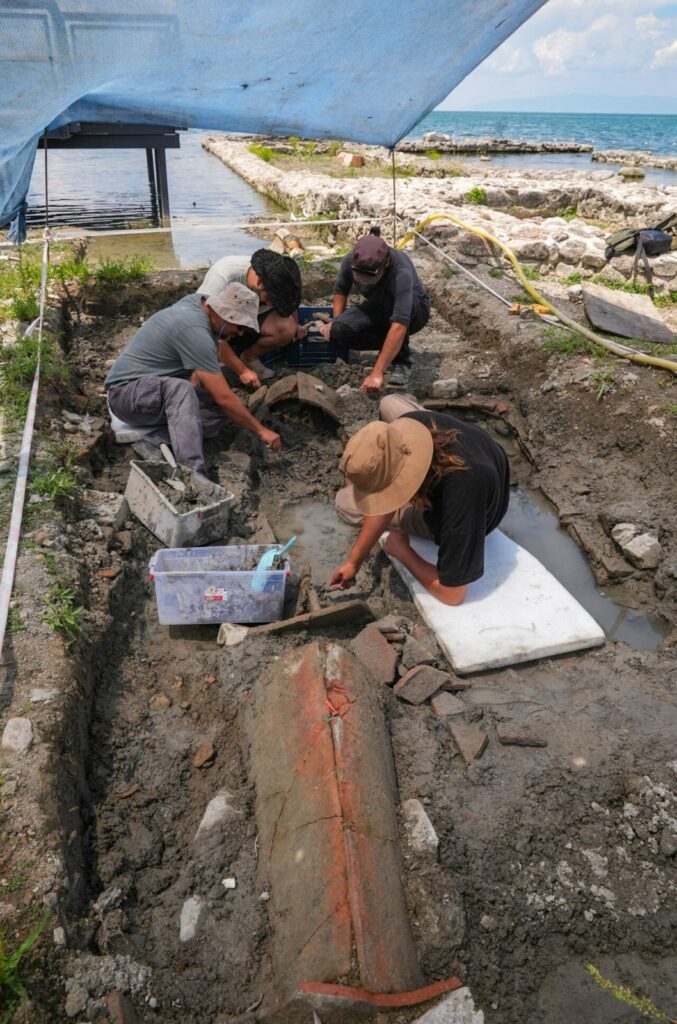
A Rediscovered Pilgrimage Site
Findings suggest that the basilica was once revered as a “Pilgrimage Church,” evidenced by the surrounding tombs of respected and devout Christians who chose to be buried near this holy site. The combination of martyrdom, sacred burial practices, and architectural grandeur confirms the basilica’s past religious prestige.
Respectful preservation remains a priority for the excavation team. Instead of removing human remains for storage, the team restores the tombs and reburies the skeletons in place. This approach honors the dignity of the deceased while preserving valuable data for future DNA analysis if needed.
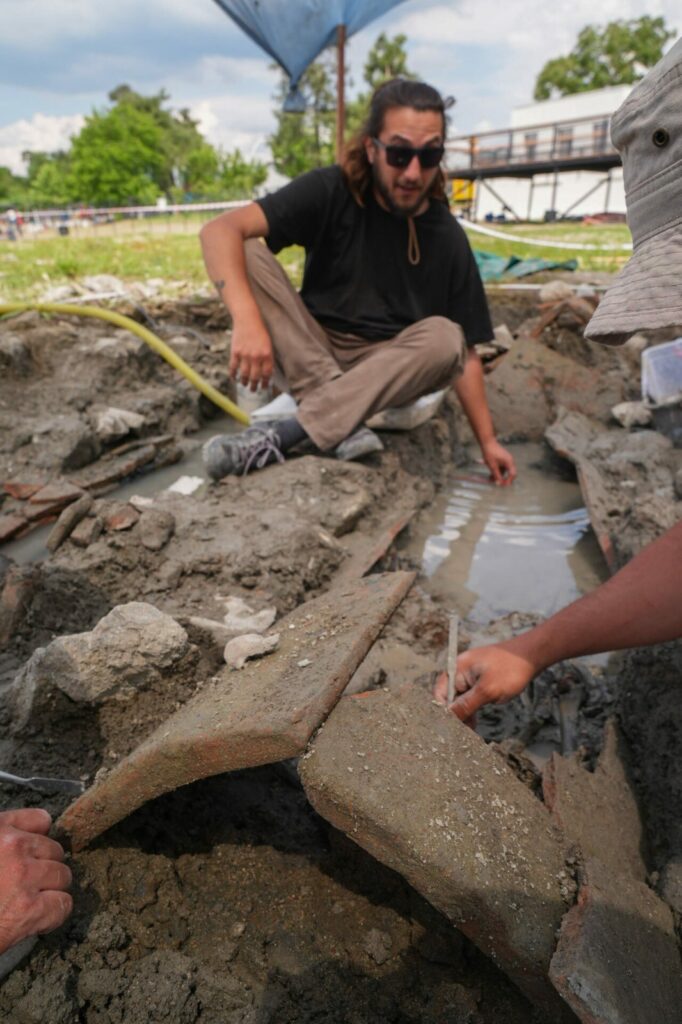
Ongoing Research and Expanding Efforts
Excavations, which began in May, are scheduled to continue through late September. The multidisciplinary team—composed of archaeologists, geologists, geophysicists, and restoration experts—is expected to grow to 25 members during the summer university break.
With its blend of rich religious heritage and meticulous archaeological work, İznik is quickly reemerging as a focal point for both historical scholarship and faith-based tourism. As interest surges globally, the underwater basilica and its ancient tombs promise to become a landmark of cultural and spiritual unity.
Cover Image Credit: Mustafa Bikeç/AA
You may also like
- A 1700-year-old statue of Pan unearthed during the excavations at Polyeuktos in İstanbul
- The granary was found in the ancient city of Sebaste, founded by the first Roman emperor Augustus
- Donalar Kale Kapı Rock Tomb or Donalar Rock Tomb
- Theater emerges as works continue in ancient city of Perinthos
- Urartian King Argishti’s bronze shield revealed the name of an unknown country
- The religious center of Lycia, the ancient city of Letoon
- Who were the Luwians?
- A new study brings a fresh perspective on the Anatolian origin of the Indo-European languages
- Perhaps the oldest thermal treatment center in the world, which has been in continuous use for 2000 years -Basilica Therma Roman Bath or King’s Daughter-
- The largest synagogue of the ancient world, located in the ancient city of Sardis, is being restored

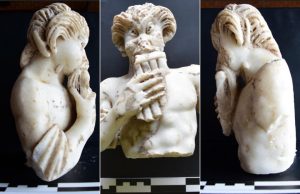
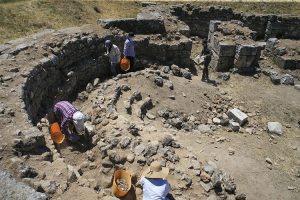
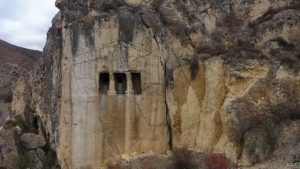
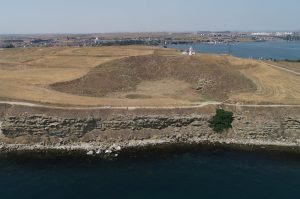
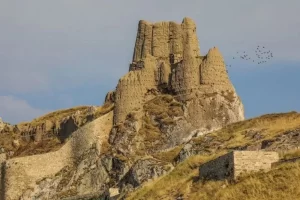
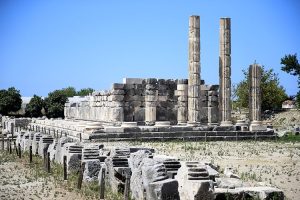


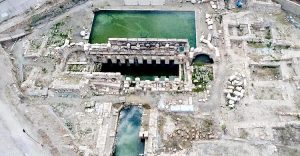
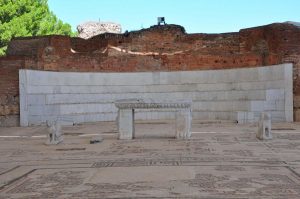
Leave a Reply